Simple 7-Step Framework To Get Strangers To Buy Your Stuff (Works For Any Industry)
 29 May 2025
29 May 2025By Petar Petrovic
“If I Run Ads, Leads Will Come Instantly” - said no one ever!
If you’re a business owner sitting by your phone wondering where your next customer is coming from, I know how you feel. I’ve been in that position myself… It feels like a living nightmare.
Luckily, I accumulated knowledge across multiple digital marketing disciplines to connect some very important dots together.
When I started my business, I focused on one core service - Facebook ads. I quickly realised that only focusing on one platform was going to yield subpar results for my clients and be a net negative for my own business.
I upskilled and learned:
Human psychology
As a byproduct, I formed a unique lens of how the digital landscape works and how these different marketing disciplines work in tandem with one another.
The thing is...
Big agencies have segmented teams that focus on ONLY one of these core strategies, they’ll have a marketing manager managing the different teams. The teams rarely coexist and communicate with one another.
This is why 99.9% of agencies are creating “buy my shit” marketing campaigns that….
Lock you into 24-month contracts
Focus on “keywords”
Only run one campaign on one platform
Now, I know you might be thinking:
My industry is “different"
My business is too small
I don’t have enough budget
My product or service is too expensive
I've tried agencies before, and they don’t get results
Put those limiting beliefs aside. That mentality will keep you small and poor.
I have used this exact 7-step framework to generate hundreds of leads and millions of dollars for my client roster. Big and small, regardless of the industry or niche.
Budgets as low as $20 per day, generating 2-3 leads on a daily basis!
So, if you’re sick of the emotional rollercoaster and the:
Restless nights
“The what ifs…?”
Anxiety about bills
Feeling of guilt
Helplessness of not knowing what to do
I've got you covered!
Let’s go over the 7-step framework that will turn your prospects from complete strangers to eager customers purchasing your product/service and becoming loyal brand advocates.
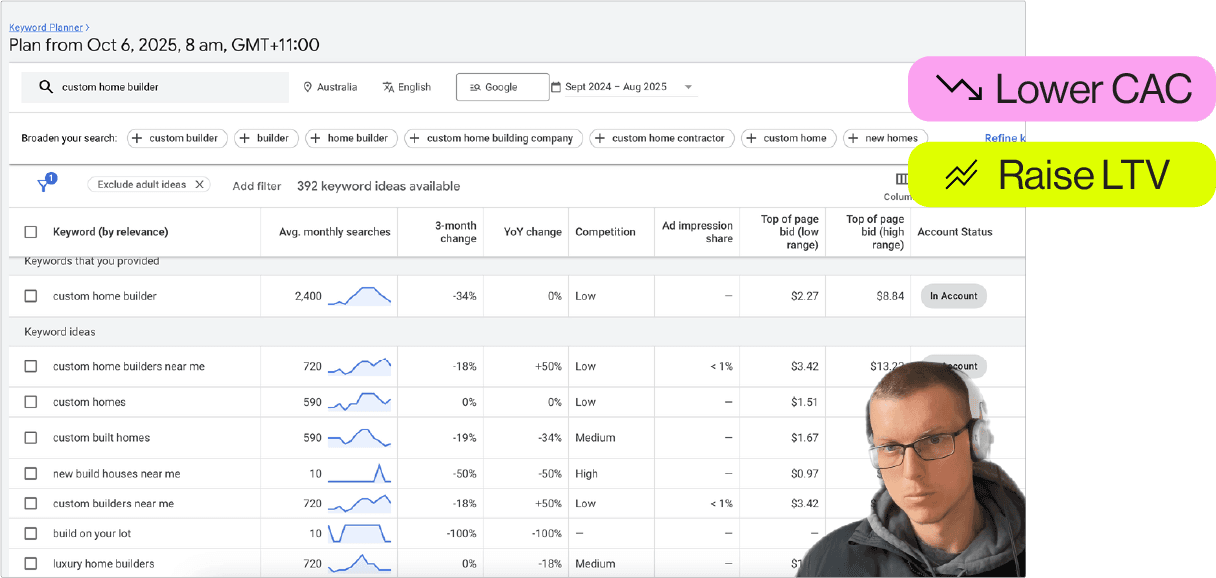
1. Customer Avatar
Firstly, we need to start with your customer. Having a deep knowledge of your target audience allows us to:
Communicate in a way they understand
Educate them in a way that has higher impact
Form offers, guarantees and incentives that resonate
We need to know:
What they want
What they don’t want
The biggest problems they’re facing
Once we’re clear on your target avatar, it’s time to find high-intent search volumes.

Note
We go through deep foundational research in our strategy offering. This gives your business the best chance of succeeding online.
2. Keyword Research
Step 2 is to conduct keyword research.
There are 4 main types of searches that people have when they go on Google or Youtube.
Navigational - Branded
Commercial - Looking for a product or service
Transactional - Looking to take action
Informational - Looking for more information
We want to primarily focus on transactional/commercial keywords. Prospects using commercial and transactional search terms are looking to take action.
We’re not going to exclude informational keywords, they’re important because they help us raise market cap and overcome market saturation.
The reason why you need to focus on commercial and transactional keywords is because you can reverse engineer the informational keywords based on these lower funnel terms.
Let’s say you’re a design and construct builder in Sydney's Northern Beaches; your commercial keywords would look something like these:
Kitchen renovations northern beaches
Architectural builders sydney
Custom home builders northern beaches
Northern beaches bathroom renovations
Designer home builders Sydney
Commercial and transactional keywords have the name of the service and a location. (This isn’t gospel but remains true 90% of the time).
Use Semrush, Ahrefs or Google Keyword Planner to find your high intent keywords.
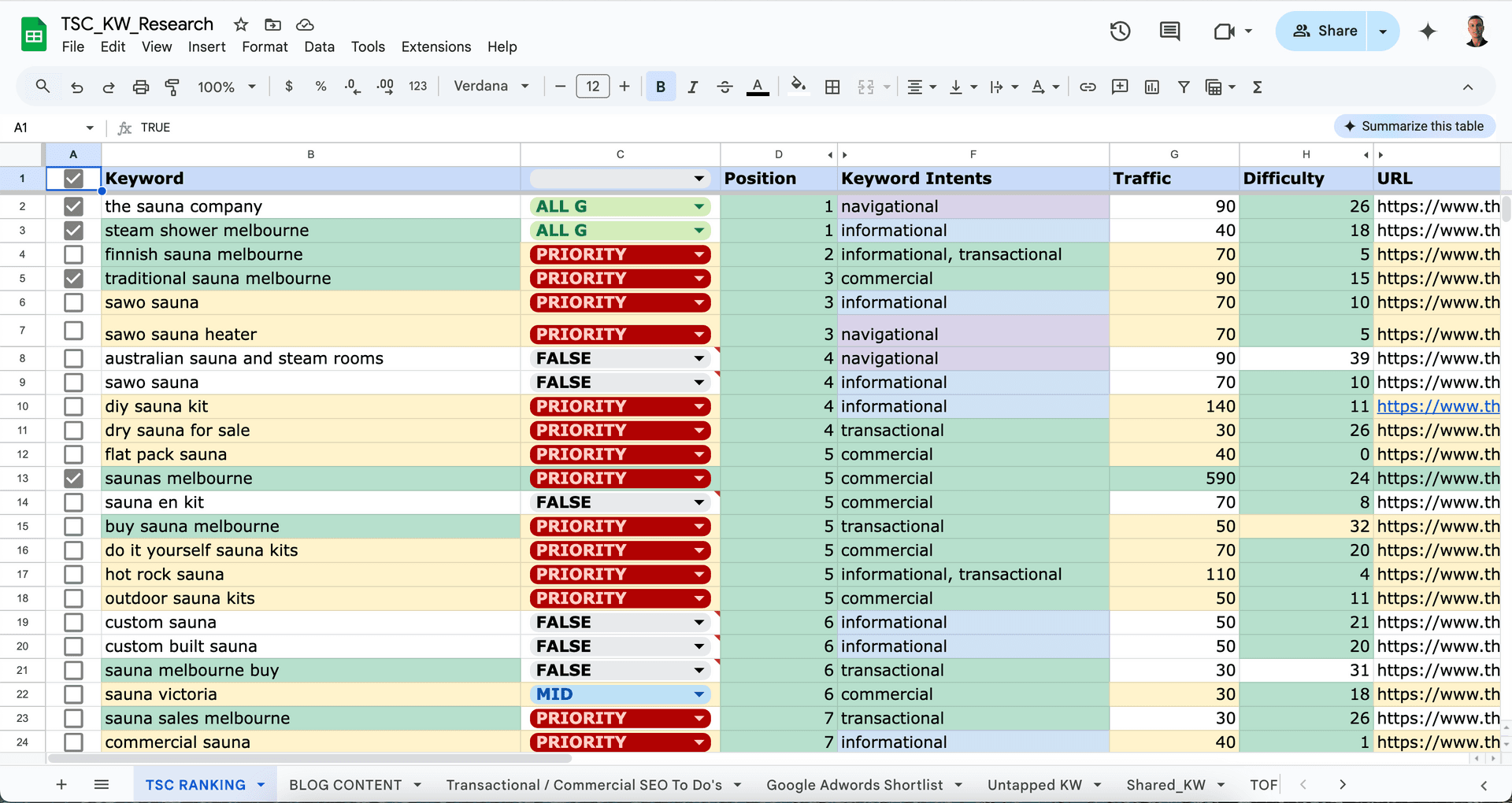

Discover
How Google is changing and what the pivot into AI means for your business
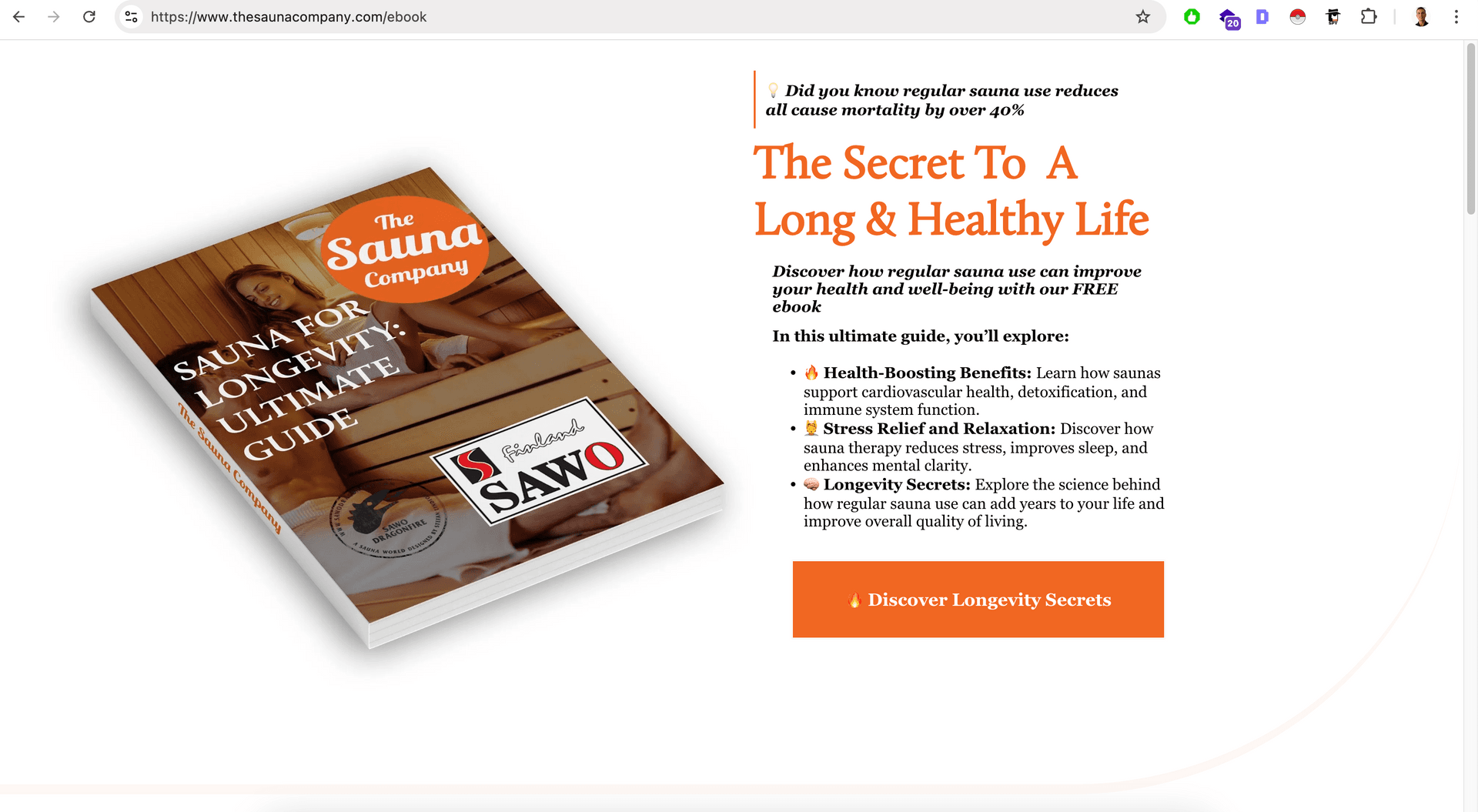
3. Educational Content (Teach Don't Sell)
The next step is to create content educating your target audience about your unique category (Niche) and the unique challenges and problems that your target audience is having.

Pro Tip
Problem first
Solution second
By educating your audience and discussing their challenges, they will see you as the authority and assume you’re able to provide the solution to their frustrations.
You don’t have to sell if you educate.
The reason why this works so well is that it demonstrates empathy and expertise by showing a deep understanding of your customer's challenges.
Let’s use our design and construct builder as an example. We can build trust by understanding the customer’s pain points. To do this, we can create pieces of content in the vein of:
3 Common Reasons Your Dream Home Design Could Be a Budget Nightmare (And How to Avoid It)
Your Builder's Quote Looks Cheap? Here’s the Thing…
The Easy 3-Step Framework to Avoid Budget Blowouts in Your Home Build
Save Yourself Hundreds of Thousands. Most Homeowners Don’t Realise This Until It’s Too Late…
Why “Fast” Culture Leads to Poor Homebuilding Outcomes
Through these informative blog pieces, you will do two things…
1. Highlight the problem:
You demonstrate that you understand the problem
The reason why, educating your customer on the root cause
Consequence of problem, makes them feel the pain of the current problem
The ultimate negative outcome. Grounds them in the cost of inaction
You create trust, empathy and authority
2. Highlight the solution:
What does the customer need to solve the problem
Why you are recommending the solution. What pain does it it allow them to remove?
Good things that happen when they start using it.
What positive outcome are they going to unlock for themselves?

Note
Google search is changing fast, it's vital to have these fundamentals in place
Business who don't execute these bare basics will get swept further into the abyss
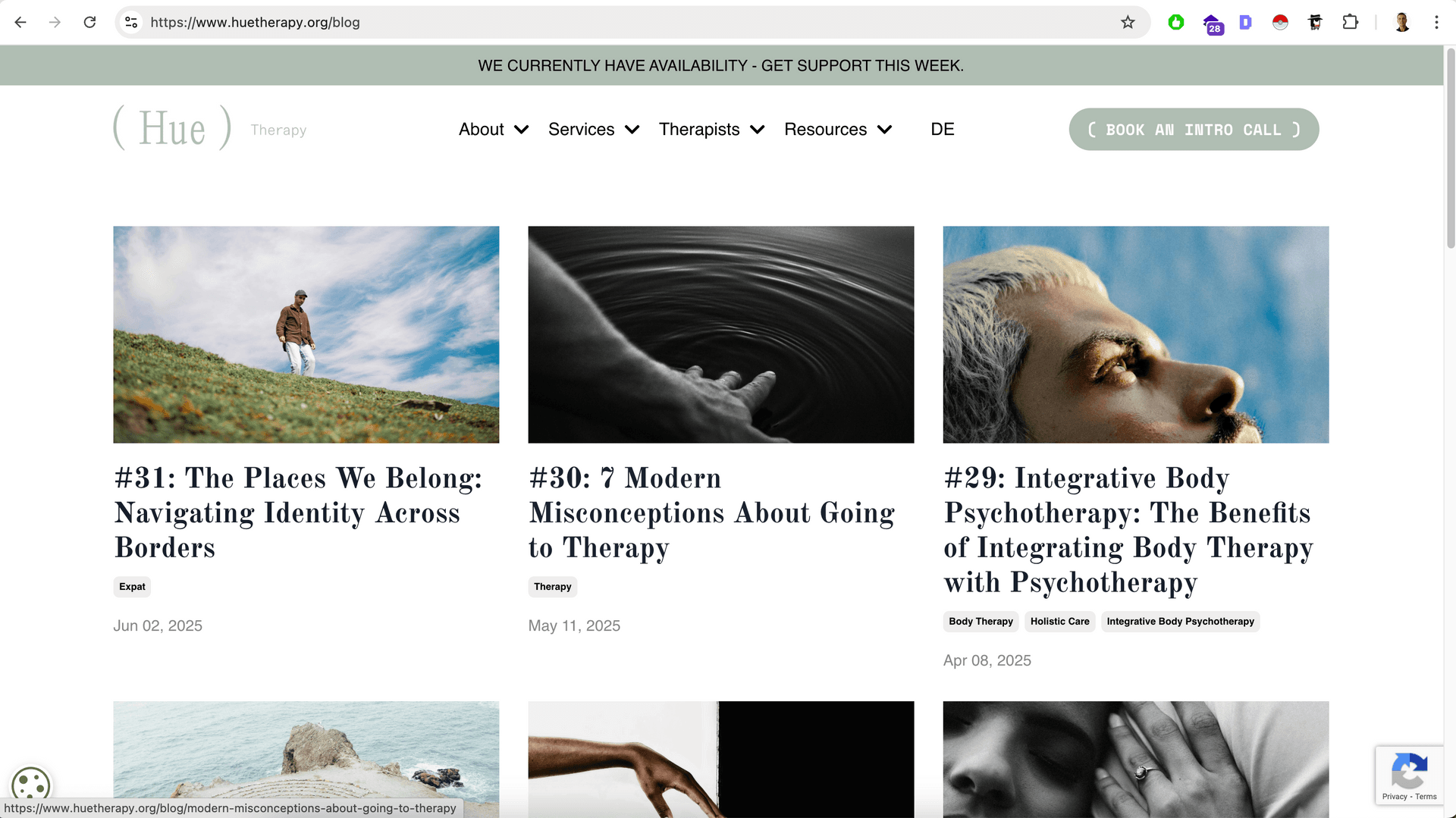
4. Create Specific Landing Pages (Boosts conversions by over 50%)
Now that you’ve got your keywords and your assets sorted, You’ll need to create high intent landing pages. This is the cherry on the icing on top of the cake. The top 1% of businesses are being this thorough.
Google delivers results based on intention, meaning you need to be targeting one keyword per page.
That’s one service, one product, and one offer per page.
For instance, using our commercial keywords we’d create 5 seperate pages with these keywords.
Kitchen renovations northern beaches
Architectural builders sydney
Custom home builders northern beaches
Northern beaches bathroom renovations
Designer home builders Sydney
The exact match keyword needs to be in your
URL slug
Heading tags
Meta Titles + Descriptions
First & last paragraph
Furthermore your landing page needs to include:
Service specific testimonials
Trust badges
Benefits
Pain points
Unique offer
Unique guarantee
Next steps
FAQ
Creating ad group segments allows you to create hyper-specific headlines that match the keywords (Services/products) that you’re targeting.
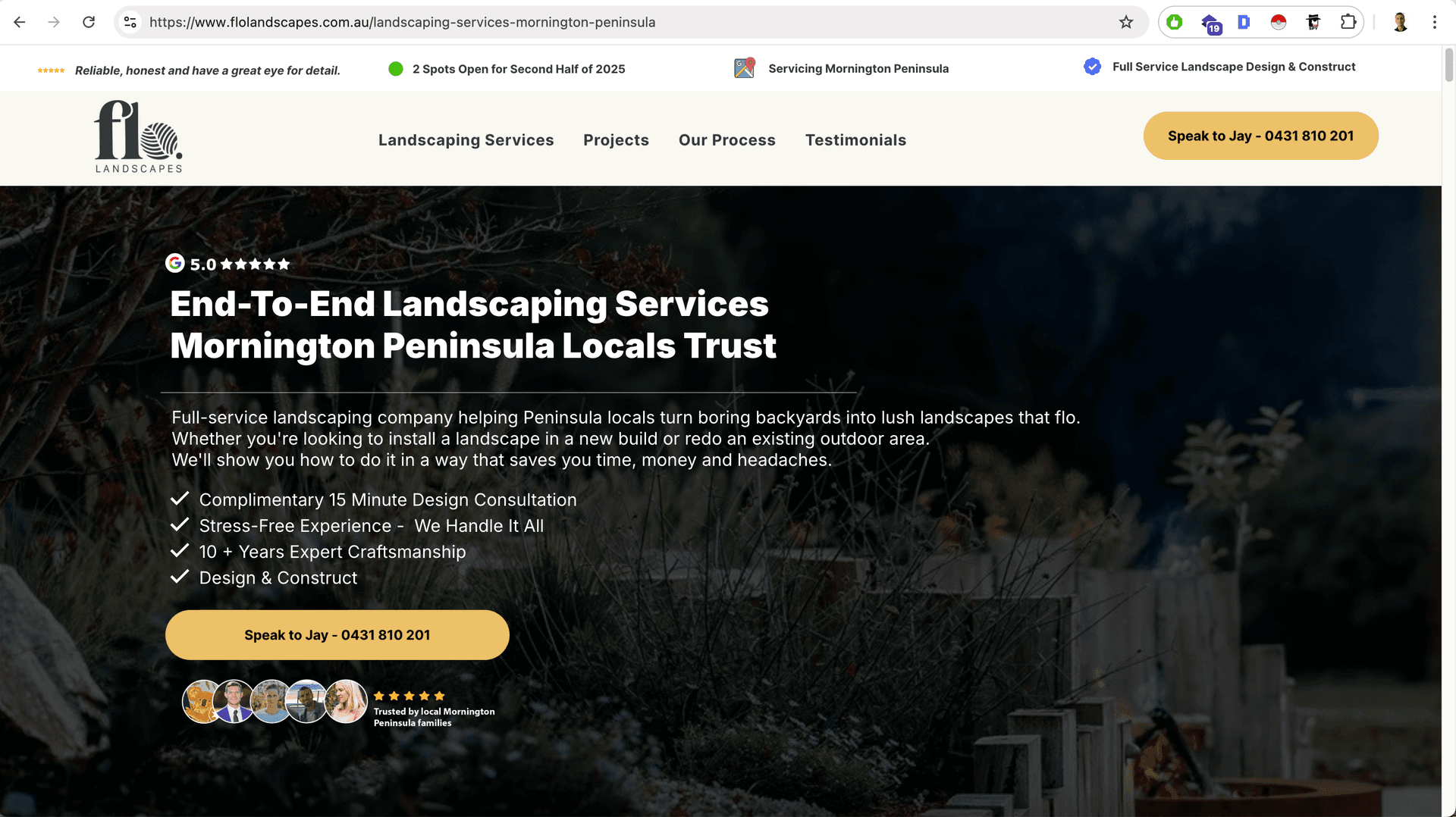

Note
Matching relevance and search intent is as important as your budget
5. Utilise Google Search Campaigns
Utilising Google search campaigns, you can use your commercial and transactional keywords to tell Google we want the people searching for these services to land on our page.
Having specific landing pages lowers your costs and increases click-through rates and conversions.
Creating congruence between what your prospects' heads are thinking and what is on the page raises conversion rates.
All of this has a positive feedback loop with Google’s algorithm, which prefers your ads over your competitors.
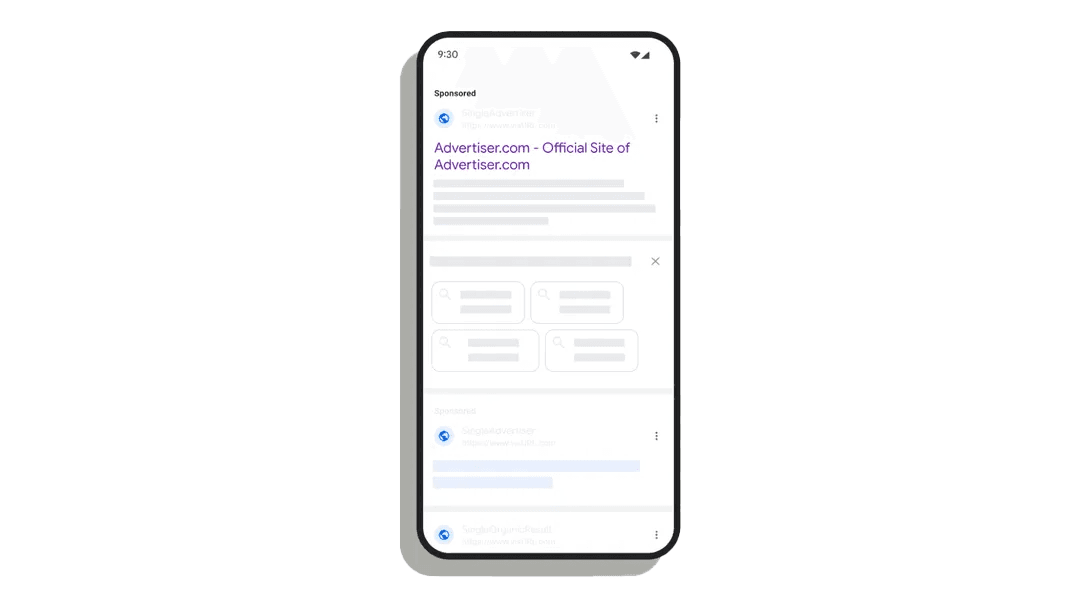
6. Structure Retargeting Campaigns (Display + Socials)
97% of people aren’t going to be ready to buy today! Some services and industries differ but more or less we need to build trust and stay top of mind.
To do this effectively you need to utilise retargeting campaigns. That means targeting everyone that has been on your website or engaged with you on socials.
Retargeting campaigns can be done via
Social media
Google display
Retargeting is essential if you want to generate a predictable revenue stream and a bustling pipeline of leads.
If you’re not retargeting your audience, you:
Waste money on ads
Get lost in the noise that is everyday life
Lose prospects to competitors when it comes to decision-making time
To retarget effectively, you can use a combination of
Educational content
Testimonials
Case studies
Proof of concepts
Frameworks
Listicles
Storytelling
7. Refine & Optimise)
The final step is to keep an eye on the metrics and optimise and update your campaigns.
Some things you need to look out for:
Click-through rates (The % of people who click through the ads)
Cost per click
Conversion rate
Time spent on your website/landing pages
Update your retargeting ads with fresh content every 2-4 weeks and make sure you’re using negative keywords in your Google search campaigns.

Final Thoughts
There you have it, the 7-step framework guaranteed to get strangers to buy your stuff.
This is just the tip of the iceberg of our omnipresent approach. It's very performance and growth orientated
This framework has many of my clients having to hire more staff and some even starting seperate businesses to fulfil their orders.
To recap
Know your customer: You gotta know your ideal customer inside and out.
Speak their language: Figure out what they're searching for online—the exact words they use.
Educate: Create content that helps them, not just sells to them. Solve their problems!
Tailor your landing pages: Make sure that when they click, they land on a page that's exactly what they were looking for.
Utilise Google for high-intent traffic: Use Google Ads to show up when they're searching for those keywords.
Don't be forgotten: Retargeting - it's like a friendly reminder to come back and check you out.
Tweak & Tinker: Keep an eye on what's working and what's not.
If you follow this framework, you will build trust, show you understand their problems, and make it super easy for them to become your customer.
